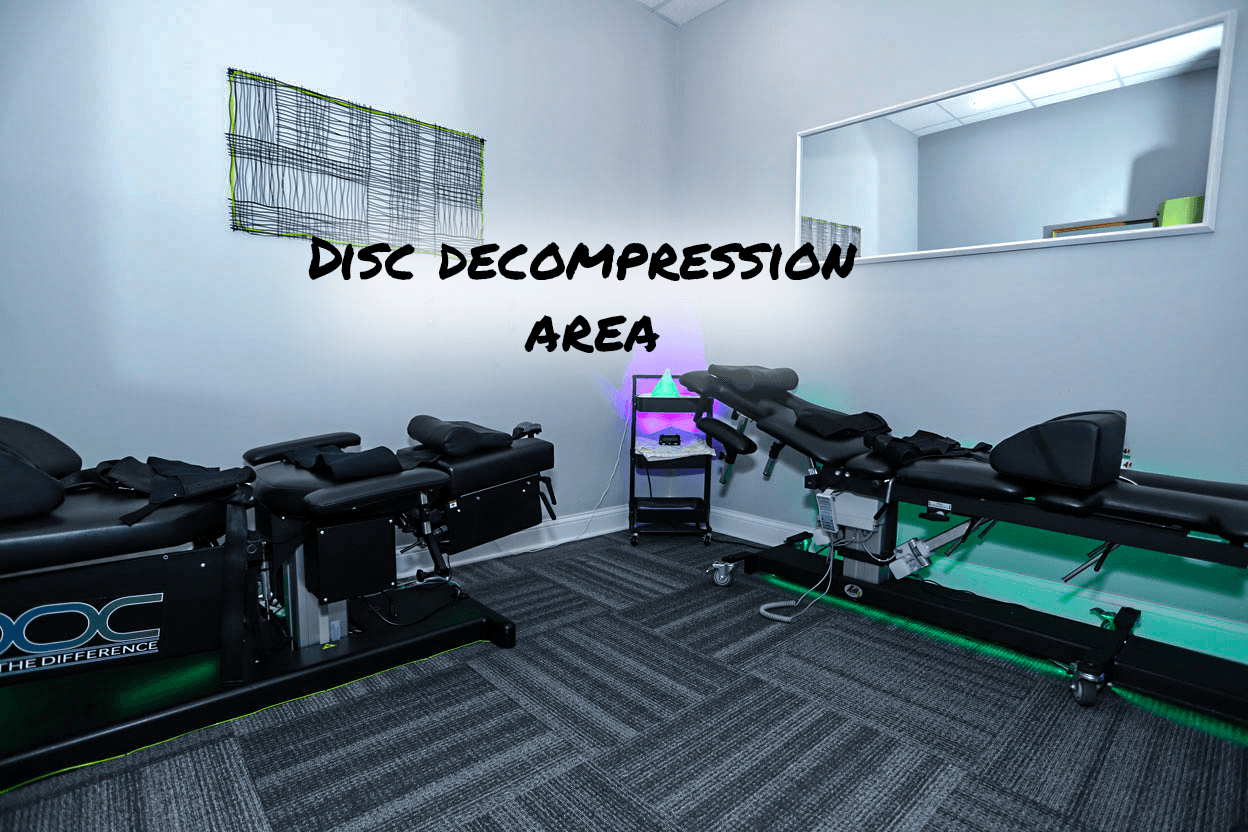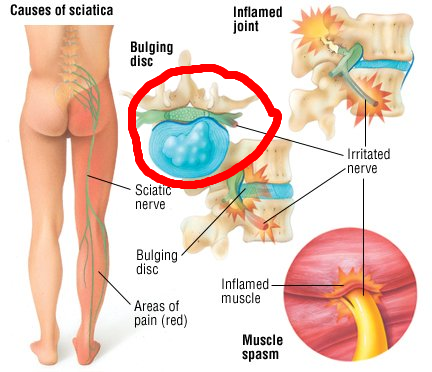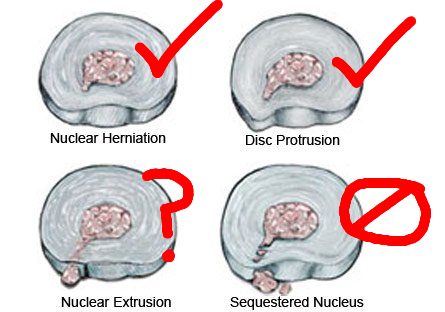Learn About our Most Popular Treatment and How We Help People Avoid Surgery
What Exactly is Disc Decompression?
Don't worry about the name. The non-surgical therapy essentially stretches the spine in two different directions. This stretching is performed by a computerized decompression machine. A mechanical stretching of the spine is known as traction. Traction is different than traditional stretching like yoga because the muscles are allowed to relax.
Who is a candidate for disc decompression?
One of the most helpful tools for diagnosing your back pain is an MRI. MRIs are 3D images which allow the soft tissues of the spine to be examined and measured. X-rays can be very helpful in aiding this, but MRIs are the gold standard.
An ideal disc decompression candidate has a type of disc injury known as a bulge or a protrusion. This is basically a mild to moderate sized disc bulge. There are many ways of categorizing these injuries, but the image below summarizes it nicely. Red check marks indicate the types we can treat with confidence.
- Herniations and protrusions can be successfully treated with non-surgical disc decompression.
- Extrusions are harder to treat with non-surgical decompression unfortunately.
- Sequestrated discs are severe disc injuries that respond very well to surgery.
An Overview of the Disc Decompression Treatment:
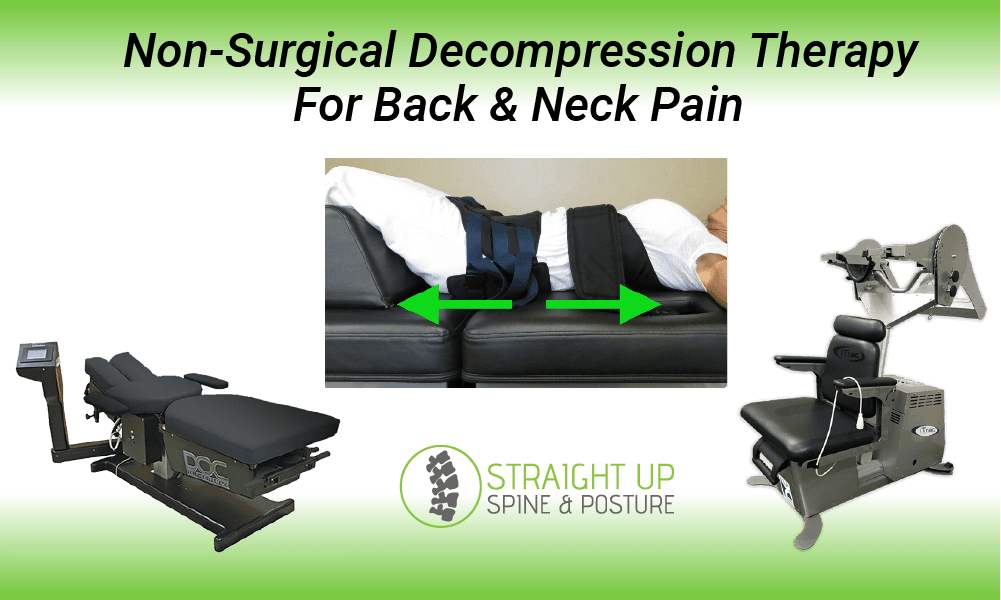
What Kind of Outcomes Does Disc Decompression Produce?
What Happens if I'm Not a Candidate or Disc Decompression Doesn't Work?
Find Out If You Are A Candidate For Disc Decompression
- Call us at 224-656-5778 to schedule an appointment.
- Email us at info@straightupspineandposture.com
-
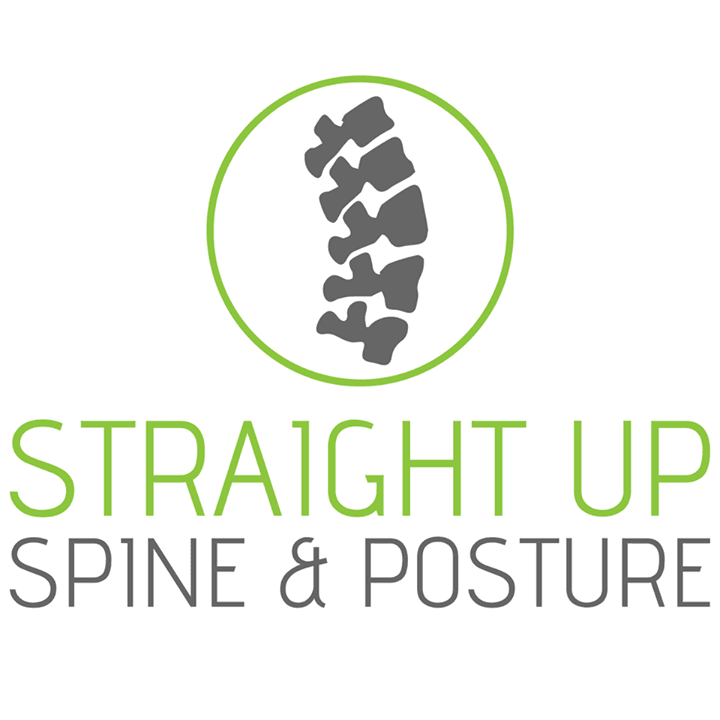
Neck Pain
I started seeing Dr. Ryan for horrible neck pain and I am happy to say I currently have no neck pain! Dr. Ryan uses the latest equipment for moving the spine into it's proper alignment. He is very attentive and explains everything. He is very professional and educated. I highly recommend Dr Ryan!
Read Full Review -

Disc Pain
Dr. Winslow is the most educated chiropractor I have been to. Not only is he professional, but he also explains everything with such great detail and makes sure it's easy for all to understand. His equipment is state of the art and it does wonders. I've been suffering with a bulging disk in my L5 for 10+ years and with the use of his decompression machine, we have successfully reduced my pain. Highly recommend!
Read Google Reviews -

Rapid Results
Excellent service. Very thorough. Neck pain has decreased after only 1 visit. Cutting edge treatment and info.
Read Google Reviews 
Measurable Correction
I worked my way up on traction for a few months. Within 2 weeks, my pain diminished massively. Within two months, I was in no pain and no longer restricted during activity. When I started, I had a reversed curve of the cervical spine and was in constant pain. By the end of my treatments with Dr. Ryan, I no longer had a reversal of the cervical spine; in fact, it was on the way to having a 42 degree curve like it should. I was no longer in pain either. Months later, I went to get re x-rayed and they found that the my results had improved even further (with the help of at home treatments).
Read Full Review-

State-Of-The-Art
Dr. Ryan Winslow is a highly intelligent Chiropractor who cares about your long term health and relief! He is using some of the newest state-of-the-art techniques and equipment to not only reduce your pain, but help your spine age well! I know he is always reading and looking for new ways to care for his patients. You'll be in good hands with Dr. Ryan!
Read Facebook Reviews
Mon-Thurs: 8-11:30 & 1-6
Fri: 8-12
Sat & Sun: Closed
Straight Up Spine & Posture is a Gurnee chiropractic clinic owned by chiropractor Ryan Winslow, providing chiropractic services and shockwave therapy to Gurnee, Libertyville, Grayslake, and northern Lake County. Find us online.
Straight Up Spine and Posture 6021 Washington St., Unit B Gurnee, IL 60031 Directions P: (224) 656-5778 F: (847)-577-4078
